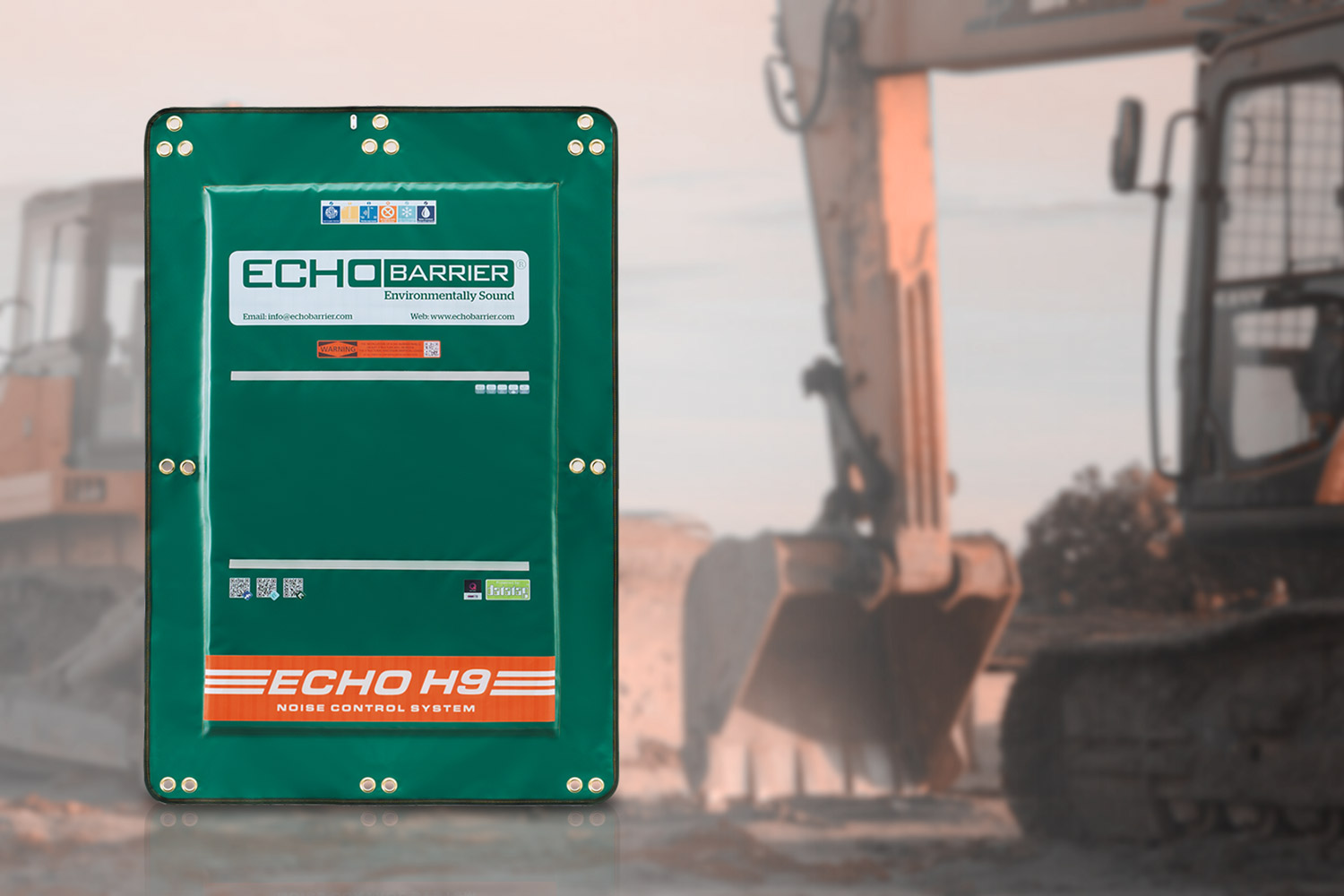
COVID-19 has impacted us all and has presented us with new challenges. Living with construction noise is one such challenge that has risen to the forefront in this extensive quarantine period.
While almost everybody has been happy to conform to the restrictions and stay at home, in many places public road works and construction have continued. This does make sense; it’s a great opportunity to catch up or get ahead in project timelines while road and foot traffic is fundamentally non-existent. However, wherever noise mitigation measures have been neglected, the impact of disturbance has grown to be greater than ever.
The Construction Noise Is Inescapable
Where residents, including families, find themselves living near active construction or demolition sites, road works, or street works, they are unable to escape the constant noise. This can aggravate tensions between residents and contractors, and is only detrimental to both parties: hosts of residents are made uncomfortable and become annoyed, many of whom may be trying to work from home, while subsequent complaints make contractors’ jobs difficult to complete, costing everyone involved more money.
Minimizing Disturbance With Acoustic Barriers
Convenient for applications where such temporary noise problems arise, acoustic barriers minimize the spread of noise into nearby residences. Echo Barriers are innovative portable acoustic barriers that are not only lightweight (~12 lb per unit) for quick installation and removal, but also completely water, fire, smoke, and UV resistant, doubly serving as a shield for debris. They achieve a 10-30 dB functional reduction in noise, and have been lab tested to 43 dB reduction. Modular in design, they can be mounted onto fencing, scaffolding, or just about any structure.
In the above example, an enclosure of Echo Barrier H9s manages to reduce noise from a rotary hammer by 26 dB. Read more about the Echo H9. The Echo Barrier noise control system's modular design means users can create barrier configurations to suit their individual requirements.

